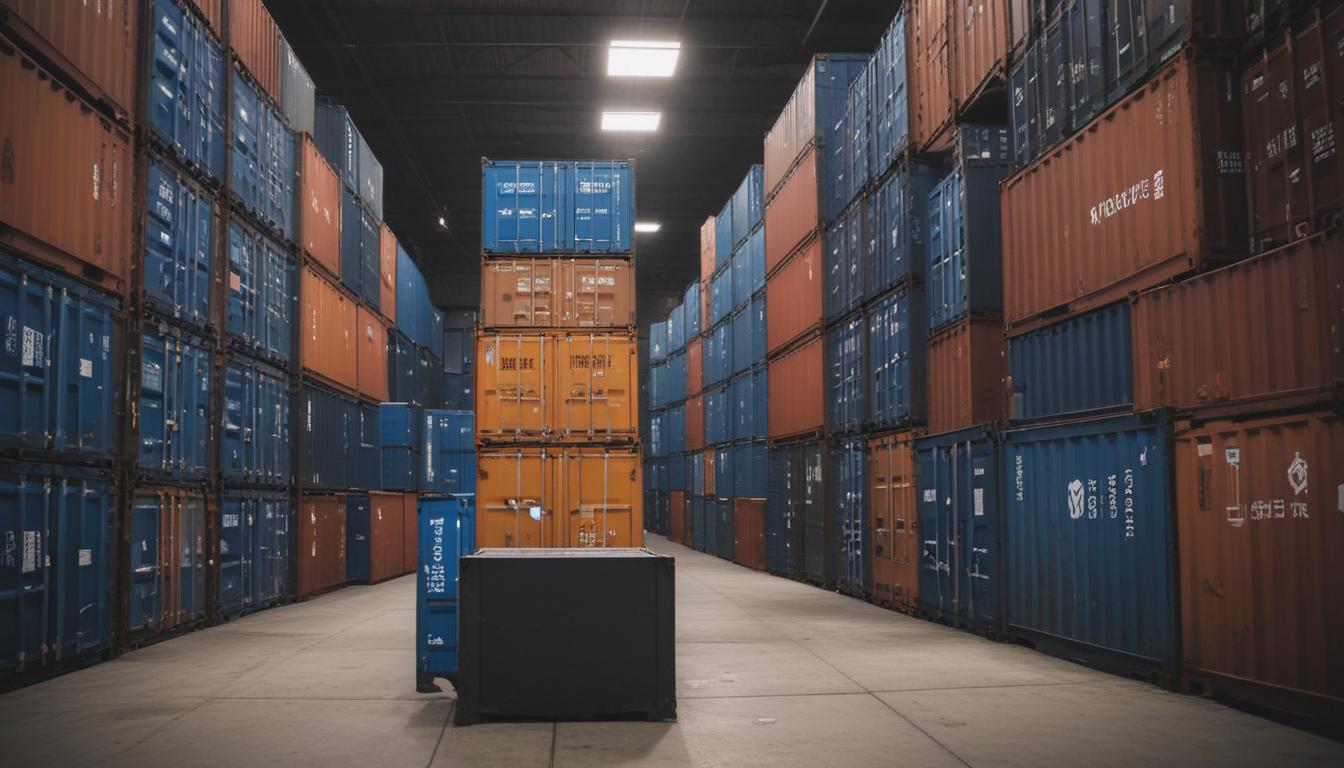Now Reading: Simplify Your Deployments with Docker
- 01
Simplify Your Deployments with Docker
Simplify Your Deployments with Docker

Containerization with Docker Streamlining Deployment
Have you ever uttered the frustrating phrase, “But it works on my machine”? This single sentence captures one of the most persistent and time-consuming problems in software development. An application works perfectly on a developer’s laptop, but fails spectacularly when moved to a testing, staging, or production server. These issues often stem from subtle differences in operating systems, dependency versions, or environment configurations, leading to hours of debugging and delayed releases. This disconnect between development and production environments creates a bottleneck that slows down innovation and introduces unnecessary risk.
Imagine a world where your application and all its dependencies—every library, runtime, and system tool—are bundled together into a single, standardized package. This package, known as a container, behaves identically no matter where you run it. Whether on a Windows laptop, a Linux server in the cloud, or a Mac for local testing, the environment is perfectly consistent. This is the solution that Docker provides. It eliminates the “works on my machine” problem by making your applications truly portable, allowing you to develop, test, and deploy with confidence and speed.
What Exactly Is Docker and Containerization
Containerization is a lightweight form of virtualization that allows you to package an application with all its necessary parts inside a completely isolated environment called a container. The best analogy is a physical shipping container. Before they existed, shipping goods was a chaotic process. Items of different shapes and sizes were difficult to load and transport together. The standardized shipping container solved this by providing a uniform box that could hold anything and be handled by any ship, train, or crane, regardless of its contents. Docker does the same for software. Your application code, a specific version of Node.js, a database client, and system libraries are all packed into a software container.
Docker is the leading platform that has made this technology accessible and easy to use. It provides the tooling to build, share, and run these containers. At its heart is the Docker Engine, which runs on the host operating system and manages the containers. You define what goes into your container using a simple text file called a Dockerfile. This file is like a recipe, listing instructions to assemble your application’s environment. From this Dockerfile, you build a Docker Image, which is a read-only template. Finally, you run the image to create one or more instances of your container, which is the live, running version of your application.

The Core Benefits of Using Docker
Adopting Docker is more than just learning a new tool; it’s about embracing a more efficient and reliable way of building and deploying software. The advantages extend across the entire development lifecycle, benefiting individual developers, teams, and the organization as a whole by introducing speed, consistency, and resource efficiency. These benefits are the primary drivers behind its widespread adoption in modern technology stacks.
The impact of this shift is profound. It decouples your application from the infrastructure it runs on, giving you unprecedented flexibility. This freedom allows you to avoid vendor lock-in, easily migrate between cloud providers, and maintain a consistent workflow regardless of the underlying hardware or operating system.
Unmatched Portability and Consistency
The most celebrated benefit of Docker is the consistency it guarantees across all environments. A container encapsulates the application and its entire runtime environment. This means the exact same container image that a developer builds and tests on their local machine is the one that gets deployed to production. This eliminates an entire class of bugs related to environment discrepancies, saving countless hours of debugging and ensuring smoother, more predictable releases.
This consistency also dramatically accelerates the onboarding process for new developers. Instead of providing a long, complex document with setup instructions that quickly become outdated, you can give them a single command. By running the project’s Docker configuration, they can have a fully functional development environment up and running in minutes, perfectly mirroring the production setup. This allows them to become productive almost immediately.
Enhanced Efficiency and Speed
Compared to traditional Virtual Machines (VMs), containers are incredibly lightweight and fast. A VM includes a full copy of a guest operating system, which can take up gigabytes of disk space and several minutes to boot. Containers, on the other hand, share the host system’s OS kernel. They only package the application code and its specific dependencies. This means a container can be started or stopped in seconds and has a much smaller memory and disk footprint.
This efficiency translates directly into cost savings and better performance. On a single server, you can run many more containers than you could VMs, leading to significantly better hardware utilization. For developers, this speed means faster build-test-debug cycles. For operations, it means faster application scaling and recovery. When an application experiences a surge in traffic, new containers can be spun up almost instantly to handle the load.
Embracing a Modern Workflow with Docker
Docker is the cornerstone of modern software development practices like CI/CD (Continuous Integration/Continuous Deployment) and microservices architecture. It provides the fundamental building block—a standardized, portable unit of software—that makes these advanced workflows possible. By containerizing your applications, you are laying the foundation for a more automated, scalable, and resilient system.
Getting started is more accessible than you might think. The process typically involves installing Docker Desktop on your machine, writing a simple `Dockerfile` that specifies your application’s base environment and dependencies, and then using two core commands: `docker build` to create your image and `docker run` to launch your container. With resources like Docker Hub, a public registry full of pre-built images for databases, programming languages, and web servers, you can assemble complex environments without starting from scratch. By taking the first step to containerize even a small project, you will unlock a new level of control and efficiency in your deployment pipeline.


































